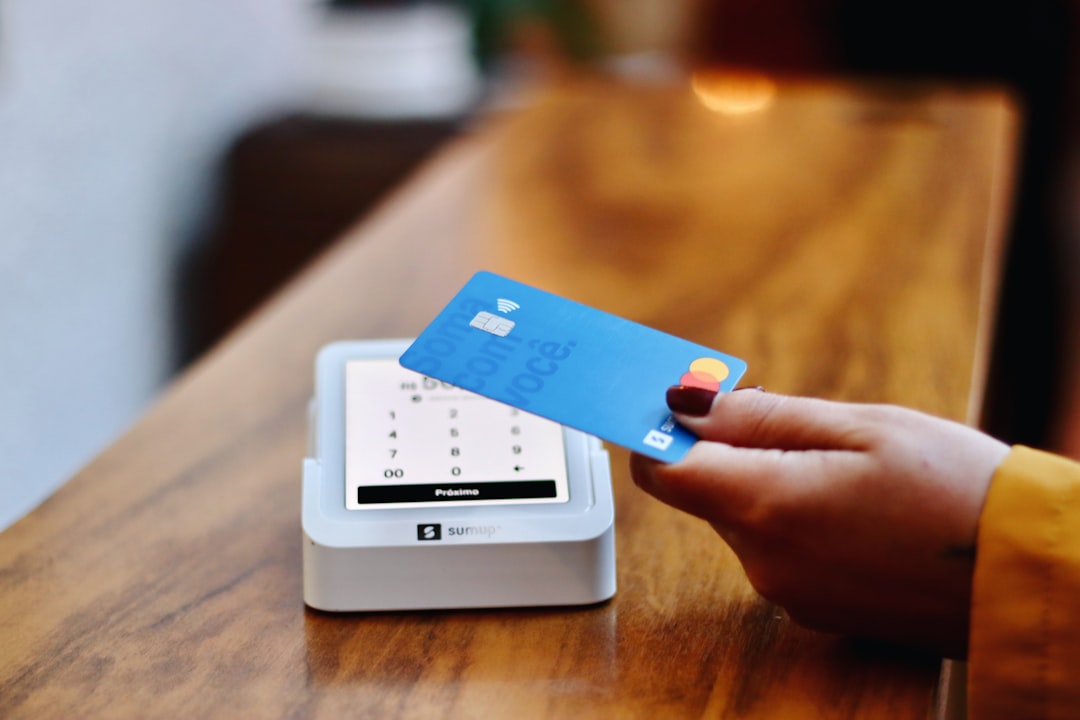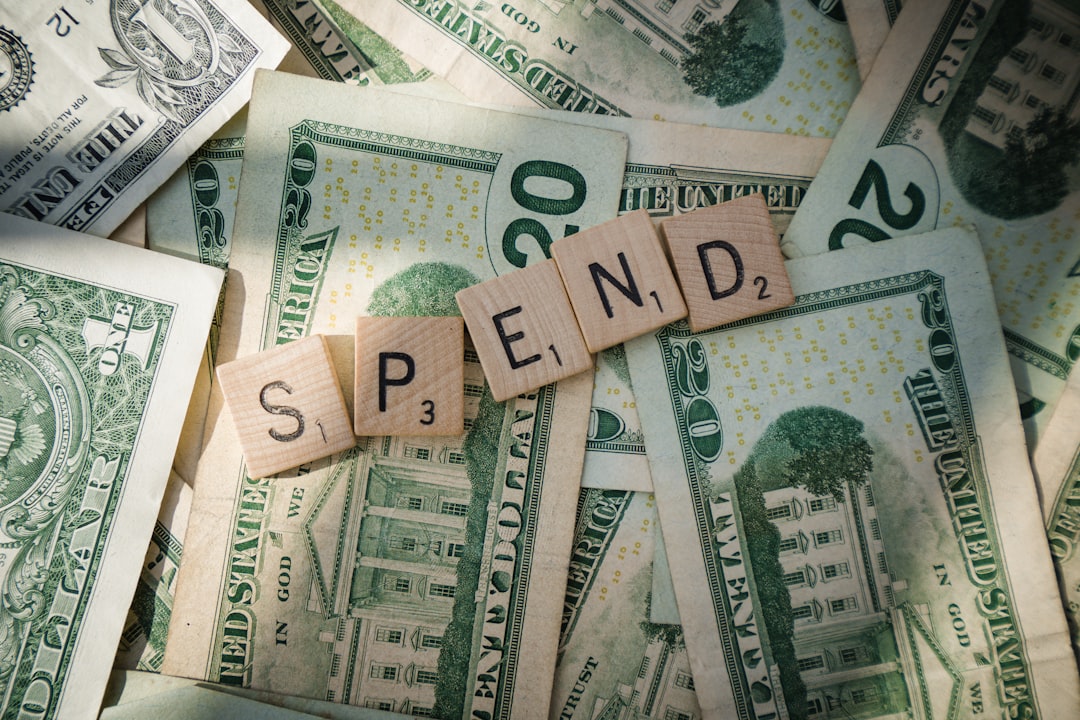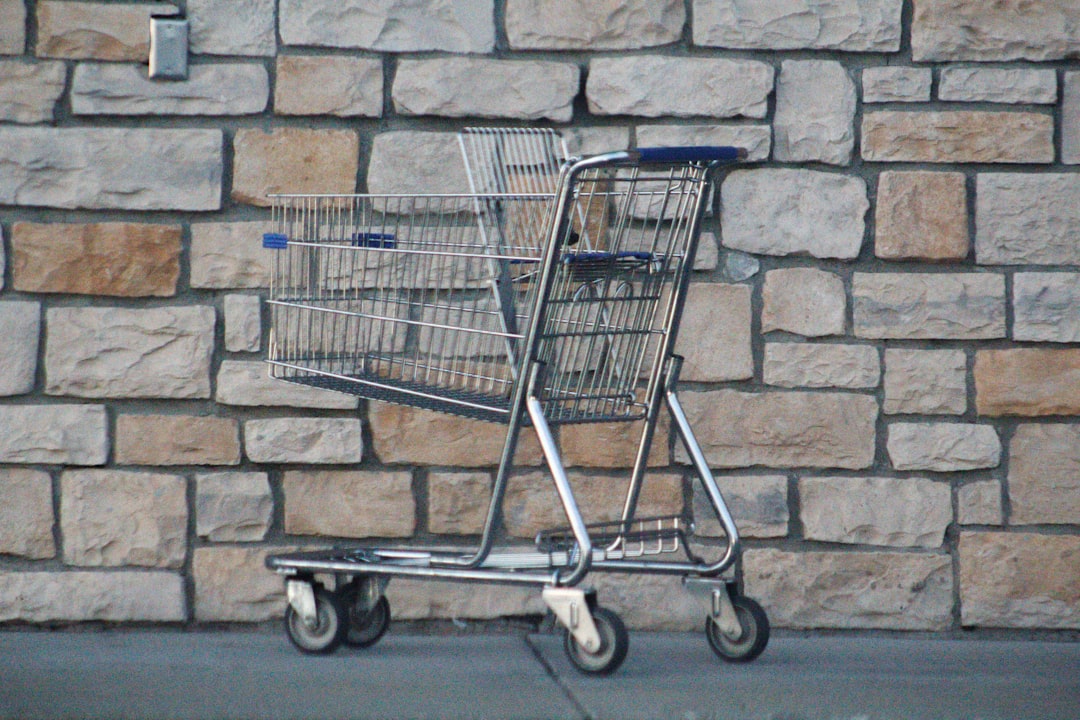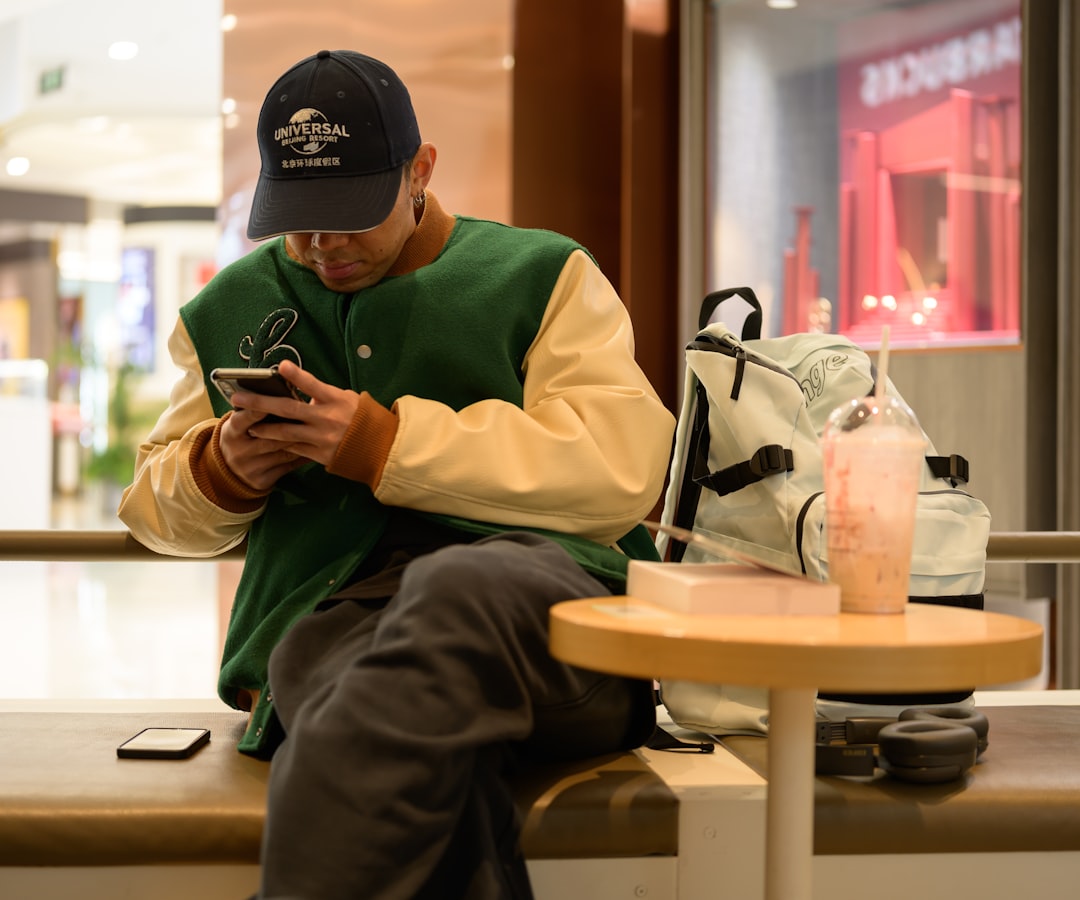
The Instagram Tax: How Social Media Is Costing You Thousands (And How to Stop the Bleed)

You just bought those leggings because @fitinfluencer wore them. Now they're sitting in your drawer with tags still on. Sound familiar? Welcome to the Instagram Tax—and no, it's not an actual tax (yet). It's the premium we pay for trying to keep up with curated lifestyles we see while mindlessly scrolling.
Here's the tea: The average person influenced by social media spends over $2,000 annually on completely unplanned purchases. That's not counting the stuff you actually needed. One of our team members tracked their spending for three months and discovered they were dropping $450/month on influencer-driven purchases they didn't even remember buying. If social media is free, why is it costing you so much?
What Is the Instagram Tax? (The Numbers Don't Lie)
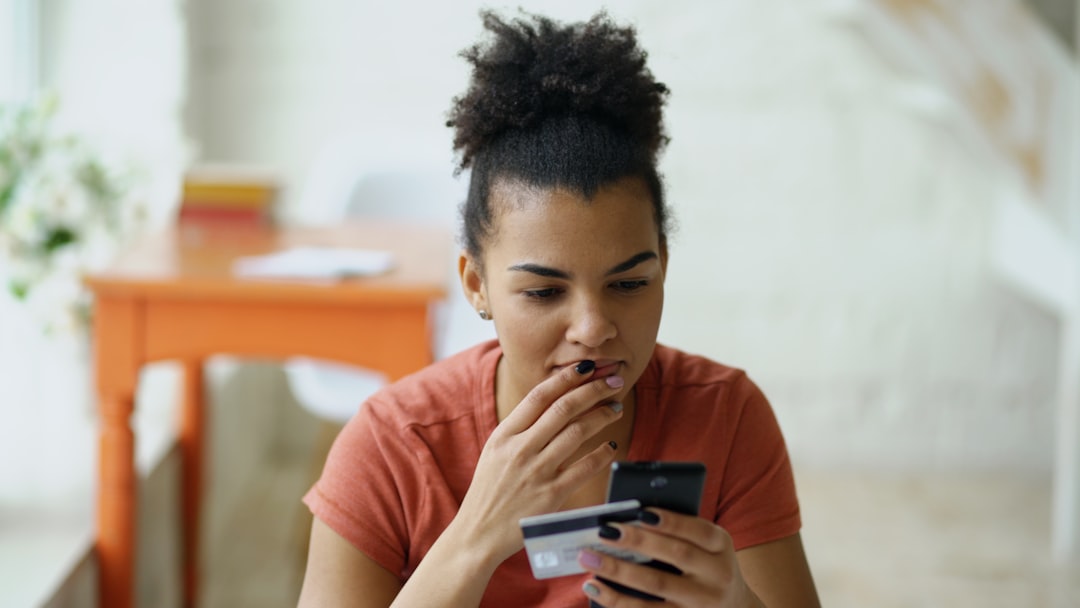
The Instagram Tax is the hidden cost of maintaining a social media-influenced lifestyle. Every time you buy something because an influencer made it look essential, every "add to cart" after a haul video, every trending product that ends up collecting dust—that's the tax you're paying.
Let's talk numbers, because they're honestly wild. The average social media user sees between 4,000 and 10,000 ads daily (yes, really). Meanwhile, 72% of Instagram users have made purchases influenced by the platform, and TikTok Shop? It drove $3.8 billion in US sales in 2024 alone. Gen Z is getting hit the hardest, spending an average of $2,400 per year on social media-influenced purchases.
This isn't just about the occasional impulse buy. It's what psychologists call "comparison spending"—buying stuff not because you need it or even want it, but because someone else has it and their life looks better than yours. (Spoiler alert: it's not.)
Signs You're Paying the Instagram Tax
The Psychology Behind Influence-Driven Spending

Ever wonder why influencer marketing works even when you know it's an ad? Welcome to the wild world of behavioral psychology meets social media algorithms. Your brain is basically playing a slot machine every time you scroll, and the house always wins.
Here's what's happening: You're not just buying products—you're buying into the "aspirational self" trap. That $89 yoga mat isn't just a yoga mat; it's your ticket to becoming the zen, balanced person in those Instagram stories. Except you've been to exactly one yoga class in the past year, and that mat is now a very expensive cat bed.
FOMO (Fear of Missing Out) acts as a spending trigger that's way more powerful than traditional advertising. When you see 47 people in your feed talking about the same product, social proof kicks in on steroids. Thousands of likes must mean it's good, right? And don't even get me started on "haul culture"—watching people buy mountains of stuff triggers something primal in our monkey brains that makes us want to buy mountains of stuff too.
The Neuroscience of Scrolling and Spending
Your brain releases dopamine when you double-tap a post. It releases more dopamine when you click "buy now." The apps know this. They're literally engineered to create variable reward schedules—the same psychological mechanism that makes slot machines so addictive. Every scroll could be the one that shows you something amazing, so you keep scrolling. Every purchase could be the one that transforms your life, so you keep buying.
Add in decision fatigue from endless content, and by the time you hit that "checkout" button, your brain's executive function has basically left the building.
The Authenticity Illusion
See that #ad in the corner? Your brain still doesn't fully register it as advertising. Micro-influencers feel like friends—they're relatable, they respond to comments, they share their "real" lives. Except their "real" life is carefully curated content designed to make you buy things. That "genuine recommendation" from someone who "just loves this product"? They're getting a fat commission check or free products for every sale they drive.
The Worst Offenders (Platforms & Tactics That Cost You Most)
TikTok Shop is basically impulse buying on crack. In-app purchasing removes all friction between "that's cool" and "I just spent $47." Trend cycles move at warp speed—something goes viral on Monday and you're buying it on Tuesday. Even "dupes" culture, which promises to save you money, still costs money. You're just buying the cheaper version of something you didn't need in the first place.
Instagram Shopping pioneered the influencer marketplace game. Stories with swipe-up links make purchasing feel like a continuation of the content. Shoppable posts are everywhere, and Reels fuel microtrends that last just long enough for you to buy the thing before it's uncool again.
Pinterest creates the most insidious pipeline from "inspiration" to impulse. You start building aspirational boards for your dream home, dream wardrobe, or dream life—and then those pins are conveniently shoppable via Amazon affiliate links.
Meanwhile, the manipulation tactics are getting more sophisticated. Limited-time discount codes create fake urgency. "Exclusive" follower deals make you feel special (you and 2 million other people). Before/after transformations promise results that are definitely not typical. Unboxing videos weaponize packaging psychology. "In my cart" posts are just peer pressure shopping lists. And those glowing testimonials in the comments? Often fake or incentivized.
Calculate Your Personal Instagram Tax
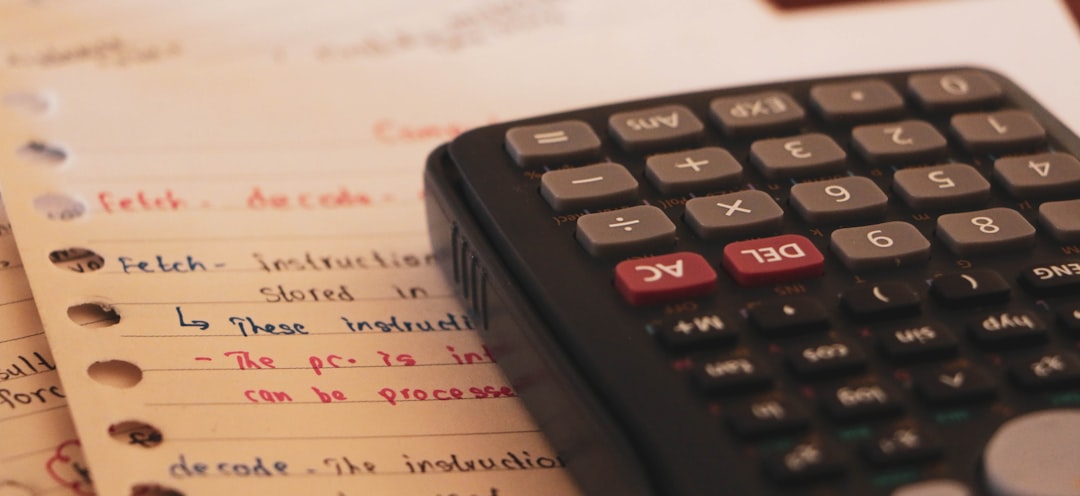
Ready for a reality check? Let's do some math. Think about your average month and answer honestly:
How many social media-influenced purchases do you make? (Be real with yourself—include those "small" $15 Amazon finds that add up.) What's the average cost per impulse buy? Multiply those two numbers together, then multiply by 12. That's your annual Instagram Tax.
For example: If you make 5 social media-influenced purchases per month at an average of $35 each, that's $175/month or $2,100/year. Now here's where it gets spicy—what if you invested that money instead?
That $2,000/year invested at a conservative 7% annual return becomes $27,600 over 10 years. The real cost isn't just what you're spending—it's what you're not building. Every trending item you buy today is a tiny piece of your future financial freedom you're giving away.
Common Instagram Tax Categories
Five Strategies to Stop Paying the Instagram Tax

Okay, enough doom and gloom. Let's talk solutions. You don't have to delete all your social media and live like a hermit. You just need to be smarter about curating your digital environment and building some friction between impulse and purchase.
Strategy 1: Curate Your Feed Like Your Financial Life Depends On It (Because It Does)
Unfollow influencers who make you feel inadequate or consistently trigger spending. Yes, even if their content is "inspiring." If it inspires you to spend money you don't have on things you don't need, it's not inspiration—it's manipulation. Mute shopping-heavy accounts without guilt. Follow financial education accounts instead. Use the "Not Interested" button aggressively on ads (the algorithm will learn). And turn off shopping features in your app settings—most people don't even know this is an option.
Strategy 2: The 7-Day Social Media Shopping Rule
Here's a game-changer: Screenshot items you want instead of buying them immediately. Save them to a dedicated "Social Media Wants" folder on your phone. Revisit the folder seven days later. Here's what'll happen: Most times, you won't even remember why you wanted it. The dopamine has worn off, the FOMO has faded, and you realize you don't actually need smart salt and pepper shakers that connect to your phone.
If you still want it after seven days, then research alternatives, compare prices, and make an informed decision. That's not an impulse buy—that's an actual purchase.
Strategy 3: Delete Saved Payment Methods
This one's painful but effective: Remove your credit cards from social media apps. Disable one-click purchasing. Create friction between the impulse and the purchase. Research shows that each additional step in the checkout process reduces the likelihood of completing a purchase by about 20%. Make it hard for yourself to buy things when you're in a scroll-induced trance.
Strategy 4: Track Your Influence-Driven Purchases
You can't change what you don't measure. Use BuyBye to tag purchases as "social media influenced" and review them monthly. Seeing the pattern laid out in cold, hard numbers changes your behavior faster than any willpower exercise. When you realize you spent $347 last month on TikTok impulse buys, you'll think twice before the next "add to cart."
Strategy 5: Replace Scrolling Time With Financial Planning Time
Here's a direct swap: 30 minutes less scrolling equals 30 minutes budgeting. Uninstall social media apps from your phone (keep them on desktop only if you need them for work). Use screen time limits. Schedule specific "social media hours" instead of having constant access. You'll be shocked how much mental energy you get back when you're not constantly being sold to.
Red Flags vs. Green Flags
Red Flags You're Being Manipulated:
High-pressure urgency language ("Only 3 left!" "Sale ends tonight!"). "Everyone is buying this" (classic bandwagon fallacy). Unrealistic transformation promises (before/afters with suspiciously perfect lighting). Too-good-to-be-true pricing (if it seems sketchy, it probably is). Influencer pushes multiple different products every single week (they're selling anything that pays).
Green Flags for Legitimate Recommendations:
Long-term use demonstrated (they've been using it for months, not days). Honest pros AND cons discussed. Multiple purchase options provided (not just their affiliate link). No pressure tactics or fake urgency. The product aligns with their actual lifestyle and area of expertise (not random chaos).
How BuyBye Fights the Instagram Tax
Look, we built BuyBye specifically because we were all victims of the Instagram Tax. We were tired of buying stuff we didn't need, feeling manipulated by algorithms, and watching our financial goals slip further away with every scroll session.
BuyBye provides real-time intervention when you're about to make a purchase triggered by social media. It flags "social media purchases" and tracks patterns. When you've bought three items from influencers this month, it'll gently point that out before you make it four. The alternative suggestion engine helps you find better options or realize you don't need the thing at all.
The 24-hour hold feature on social media-triggered purchases is a game-changer—it's like a cooling-off period for your impulse control. And the spending vs. savings goal visualization shows you exactly what each purchase is costing you in terms of your actual financial goals.
But don't just take our word for it. Ashley, 26, told us: "BuyBye saved me from $800 in TikTok Shop impulse buys in just two months. I didn't realize how bad it had gotten until I saw the patterns." Marcus, 31, said: "I finally broke my 'influencer made me buy it' habit. The app catches me before I can even finish checking out."
The 30-Day Social Media Spending Detox Challenge
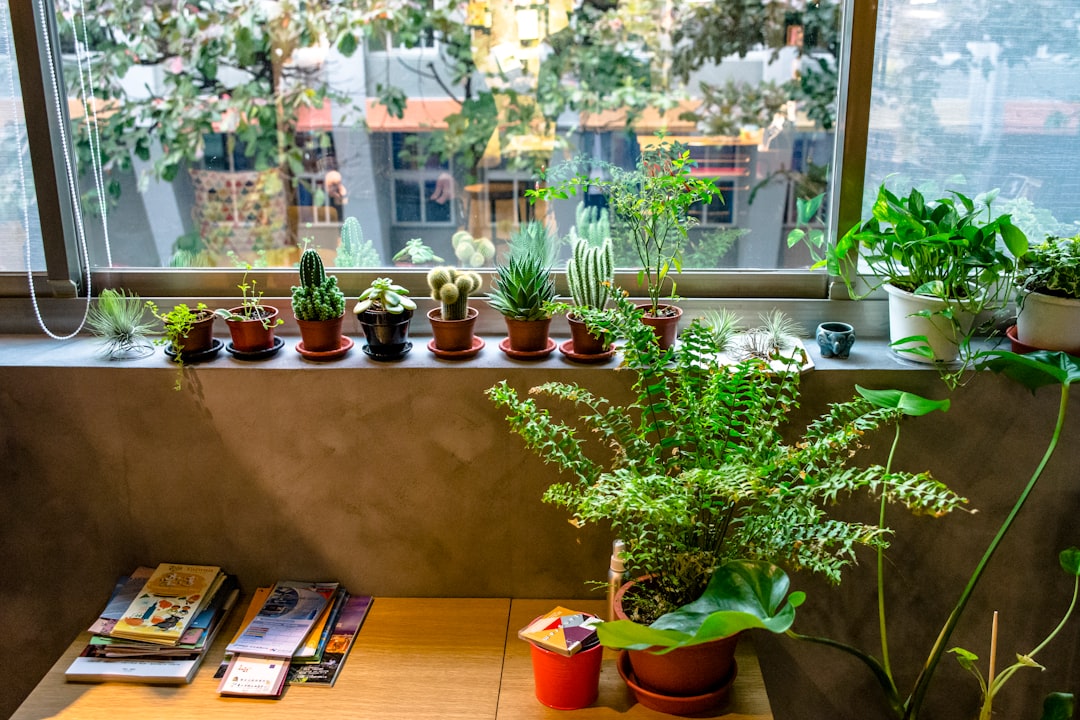
Ready to actually do something about this? Try our 30-day challenge. It's not about being perfect—it's about building awareness and creating new habits.
Week 1: Awareness. Track every single social media-influenced urge without restricting yourself. Just notice it. Write it down. Don't judge yourself; just gather data.
Week 2: Audit. Unfollow or mute accounts that trigger spending. Delete saved payment methods from shopping apps. Remove one-click purchasing. Make it harder to impulse buy.
Week 3: Alternative Actions. When you feel the urge to buy something from social media, replace it with a different dopamine source. Go for a walk, call a friend, actually do that hobby you bought supplies for three months ago.
Week 4: New Habits. Maintain the changes from weeks 2 and 3. Celebrate your savings. Notice how much better you feel when you're not constantly being sold to.
Challenge Actions
Your Feed Should Inspire, Not Drain You
Here's the truth: Social media can be valuable when curated intentionally. The problem isn't the platforms themselves—it's the unchecked consumption and the constant barrage of targeted advertising designed to exploit your insecurities.
Small changes create massive savings. The average user who implements these strategies saves about $1,600 per year. That's a vacation. That's an emergency fund. That's breathing room in your budget. That's one step closer to actual financial freedom instead of just performing it for the algorithm.
Your financial goals deserve more attention than your Instagram aesthetic does. You deserve to spend money on things that actually improve your life, not things that influencers got paid to make you think you need.
Ready to stop paying the Instagram Tax? Download BuyBye and start tracking your social media-influenced purchases. The first step is awareness—and we've got your back. Take the 30-day challenge, join our community, and reclaim your purchasing power from the algorithms.
Because your money should work for your future, not someone else's commission check.
